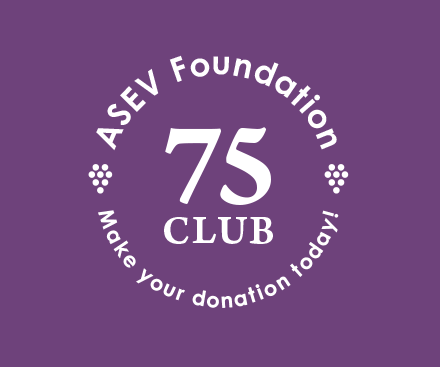Abstract
Powdery mildew is the most significant disease in terms of expenses for control and losses in quality and yield faced by grape growers worldwide. Grape varieties resistant to powdery mildew are currently being developed, but the value of such varieties to the growers in different industry segments is yet to be determined. Barriers to adoption of new varieties also vary by industry segment, and are likely to affect the total potential benefit realized by growers. The first step in estimating the potential value of powdery mildew-resistant varieties is to establish the costs of powdery mildew management that these varieties will mitigate for each major segment of the grape growing industry. We utilize Pesticide Use Reports from the California Department of Pesticide Regulation as well as data on pesticide application costs and measures of environmental impact to evaluate the pecuniary and non-pecuniary costs of managing powdery mildew in California grape production. We estimate the statewide cost of powdery mildew management in 2015 at about $239 million, of which $176 million was borne by growers of wine grapes. In addition, we find that powdery mildew management accounts for 89 percent of restricted material (pesticide) applications by grape growers and eliminating powdery mildew would significantly reduce the environmental burden from disease management in grapes. Using choice experiments, we evaluate the preferences of individual growers for specific varietal traits and find that growers of wine grapes place a high value on both the varietal name and the savings in costs from reduction in the application of fungicides. We conclude with the discussion of possible adoption scenarios for the resistant varieties, and the resulting benefits to the industry.
- disease resistance
- grape production
- grapevine breeding
- powdery mildew
- raisin
- table grapes
- varietal
- vineyard management
- wine
- Received March 2018.
- Revision received September 2018.
- Revision received December 2018.
- Accepted December 2018.
- Published online January 2019
- ©2019 by the American Society for Enology and Viticulture
Sign in for ASEV members
ASEV Members, please sign in at ASEV to access the journal online.
Sign in for Institutional and Non-member Subscribers
Log in using your username and password
Pay Per Article - You may access this article (from the computer you are currently using) for 2 day for US$10.00
Regain Access - You can regain access to a recent Pay per Article purchase if your access period has not yet expired.









